Artist Celia Paul’s debt to Venice
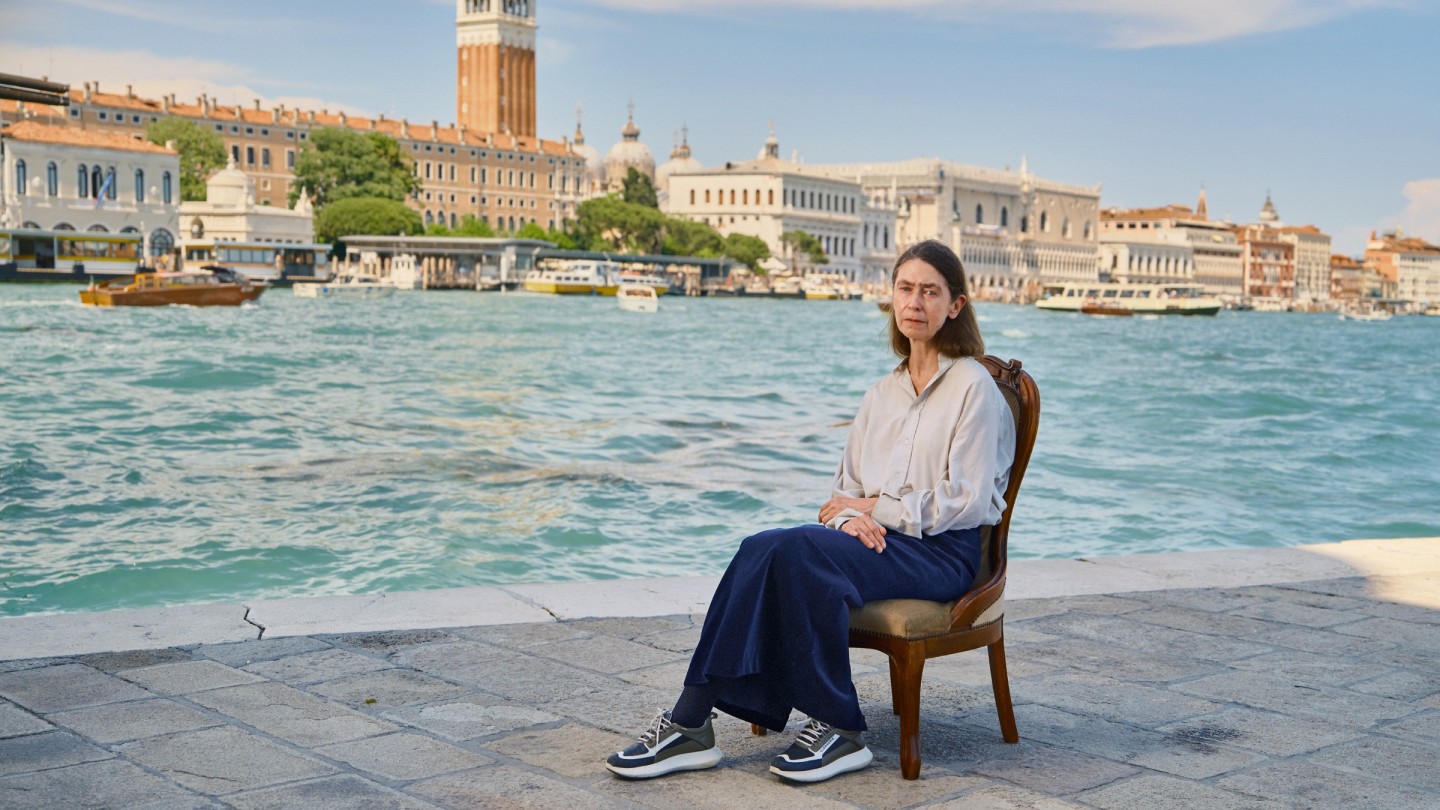
Roula Khalaf, Editor of the FT, selects her favourite stories in this weekly newsletter.
In the winter of 2015, the British artist Celia Paul was visiting Venice and sent a postcard of Giorgione’s La Tempesta to her friend, the American writer and theatre critic Hilton Als. “You have been on my mind and I have been feeling anxious,” she writes in her neat, slanting hand. “The claustrophobia of the little streets and poisonous green canals have made me feel as if I could be in someone else’s dream… I have loved two paintings by Tintoretto best – Mary Magdalene and Mary of Egypt – in both paintings, Mary seems to be in an erotic dialogue with a tree! They are very beautiful and are on the left and right of the altar in the Scuola [Grande di] San Rocco… I’m sending much love.”
This spring, Paul returned to Venice for a six-week residency, and found herself once again drawn to these dark Renaissance masterpieces. Her interpretation of Giorgione’s celebrated work – retitled That Obscure Object of Desire – focuses on a breastfeeding image of mother and child, cast in bright sunlight. It plays a pivotal role in her new exhibition, Myself, Among Others, which opened at gallerist Victoria Miro’s Venetian outpost on 28 October – in part because Paul has a deeply uncomfortable relationship with being a muse herself; for 10 years, she was in a relationship with Lucian Freud, whom she met in 1978 as an 18-year-old student at Slade School of Fine Art. And in part because, nearly 40 years ago, she put their three-week-old son, Frank, into the care of her own mother so that she could focus on her painting.
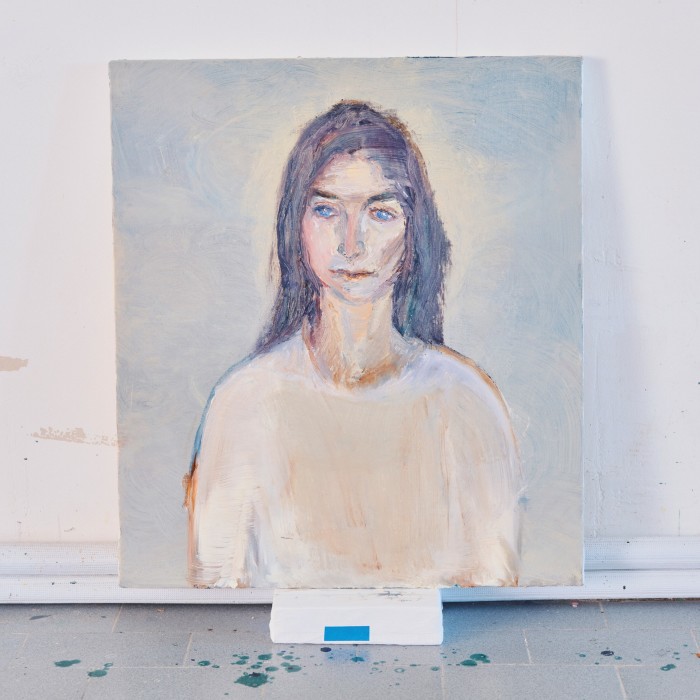
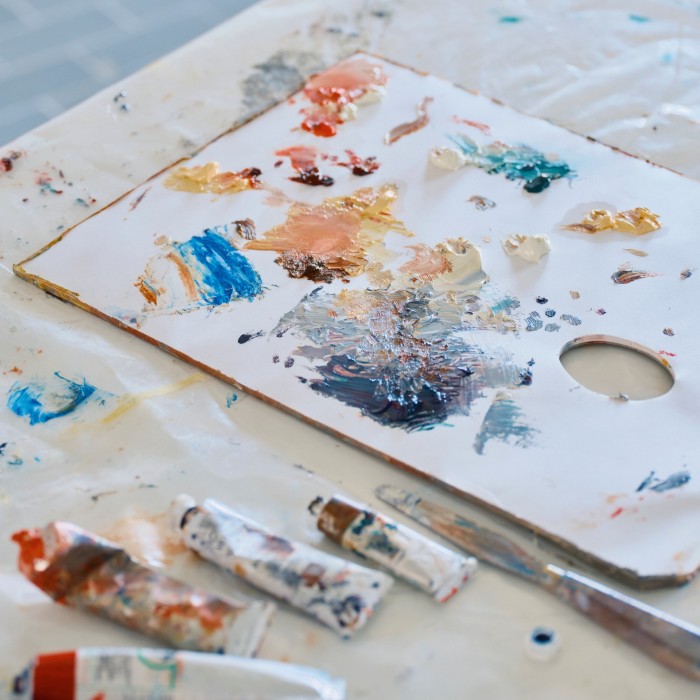
We meet two days before the end of Paul’s stay, in the ascetic studio on the Zattere where she has been working. “I knew I wanted to focus on Giorgione,” she whisper-speaks with a soft smile; a bird-like figure backlit by the rays reflecting from the Giudecca canal. “I wanted to explore male desire – particularly Giorgione and Tintoretto, because they’re the moodiest Venetian painters. They’re obsessed with a sort of eroticised image of Mary, and of motherhood. I wanted to explore this kind of intense focus on the figure of Mary as the mother: the unapproachability, the inaccessibility.”
Through her paintings and, latterly, prose, Paul has often sought to unpick tropes of power and give voice to the silenced. As the novelist Zadie Smith wrote in a review of Paul’s memoir Self-Portrait in 2019, hers “is not... the tale of a muse who later became a painter, but an account of a painter who… found herself mistaken for a muse, by a man who did that a lot”. A 2012 exhibition at Pallant House Gallery and a 2022 book of imagined correspondence nurtured parallels between Paul and Gwen John, an artist often overshadowed by her brother Augustus and lover Auguste Rodin. Another curated by Als in 2015 saw Paul’s seascapes and portraits give life to the story of Desdemona. And Self-Portrait, which one reviewer called “among the greatest ever books by an artist”, begins with her seduction by Freud, but ends with her 2012 self-portrait Painter and Model: it is “a reference to the last painting Lucian did of me with the same title”, writes Paul. “And now… I am my own subject.”
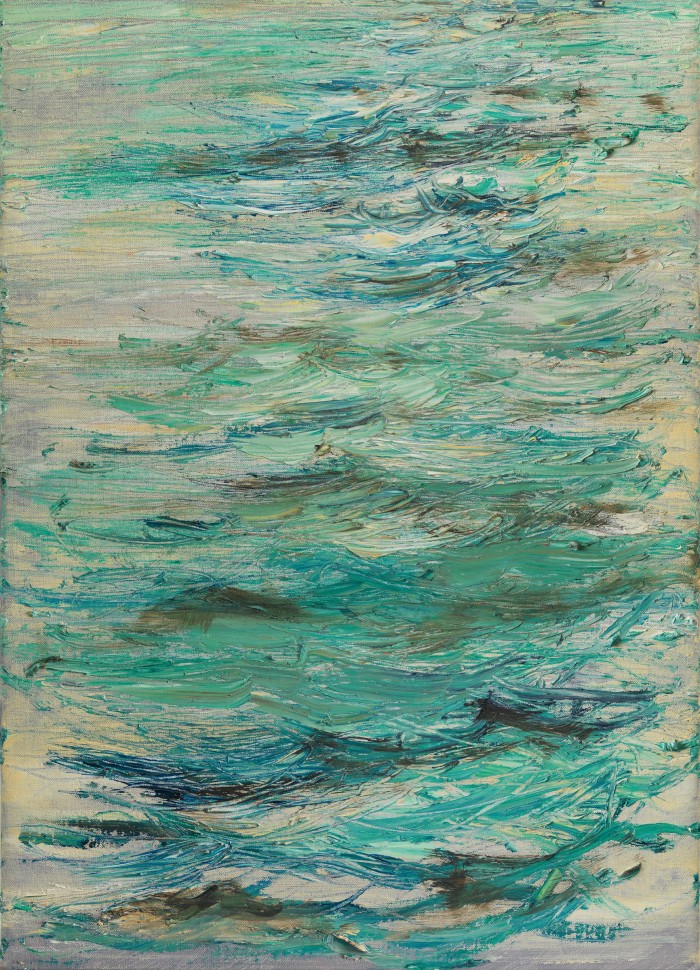
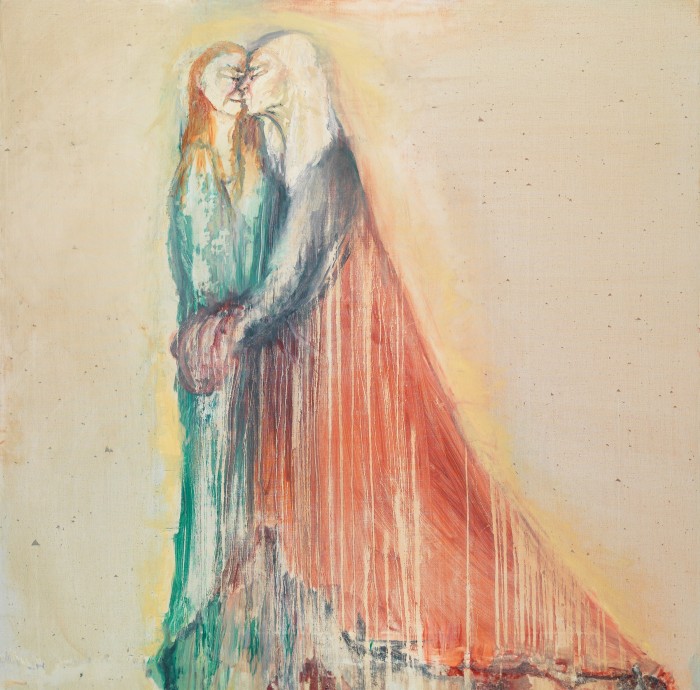
“I was deeply in love with Lucian,” she says. “And I loved him for the whole of his life. And yet I think he was often very cruel. There were a lot of quite deliberate power games going on. I’m still trying to understand my own part in it.”
Taking on the Venetian masters is a new facet. Paul’s reimagining of The Visitation by Carpaccio, whose works she admired in the Museo Correr during her residency, feels especially poignant. Whereas Mary supports her older cousin, Elizabeth, in Carpaccio’s painting, here Paul inverts the idea, and has retitled it Old Woman Embracing Her Young Self. “She is offering comfort… encouraging her to be strong,” says Paul.
The lapping of canal water is a constant rhythm through the studio windows as we speak: “Tick, tick, tick, tick, tick. The water seems to signify the passing of time,” sighs Paul, gesturing to her trio of lagoonscapes, thick with paint, their waves licking up off the canvas. “It’s kind of, you know, the erosion of yourself, and the buildings. And yet there’s a quality of stillness. Which is actually what beauty is – and is what these paintings are all about.” Another painting is called Peony Shedding its Petals: “Such a beautiful, luxurious flower,” says Paul. “But it only has a brief lifespan.”
Hung behind Paul on the bare white wall are several small portraits of “strong young women… career women”, who are “questioning whether to become mothers or not”. While in Venice, she has been very conscious “of being further along the stream of life. But looking back, and remembering what it felt like to be at that stage and making those choices.”
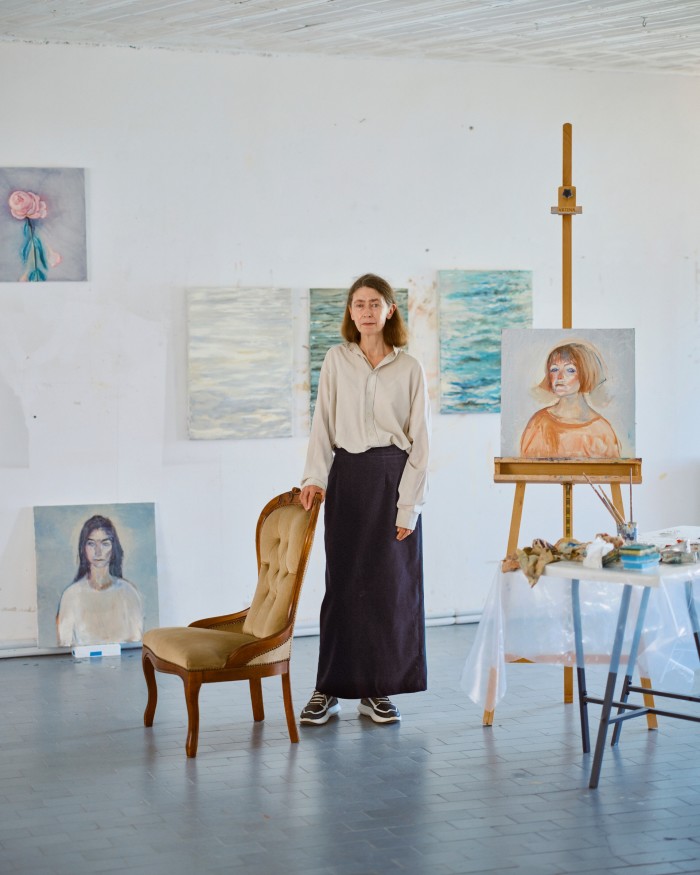
Paul herself was born in Kerala, India, in 1959, the daughter of Christian missionaries, and the fourth of five sisters. Having moved to the UK when she was five (her father later became Bishop of Bradford), she won a place at The Slade aged just 16, and became a mother at 25.
The idea of an artist yearning for – or fascinated by – motherhood shifts from “eroticised” to something more reflective in the exhibition. “I didn’t stay at home for my son,” she says. “My art has always been the central thing in my life. I’ve ruthlessly made it central.” But, traumatic a separation as that was, she reassures me she is “very close” to Frank. He has just been to visit her in Venice, with her grandchildren.
Such contemplations during her time in Venice, she says, have been “extremely intense. [This trip] will haunt my thoughts… Everything feels full of memories and echoes and reflections..”
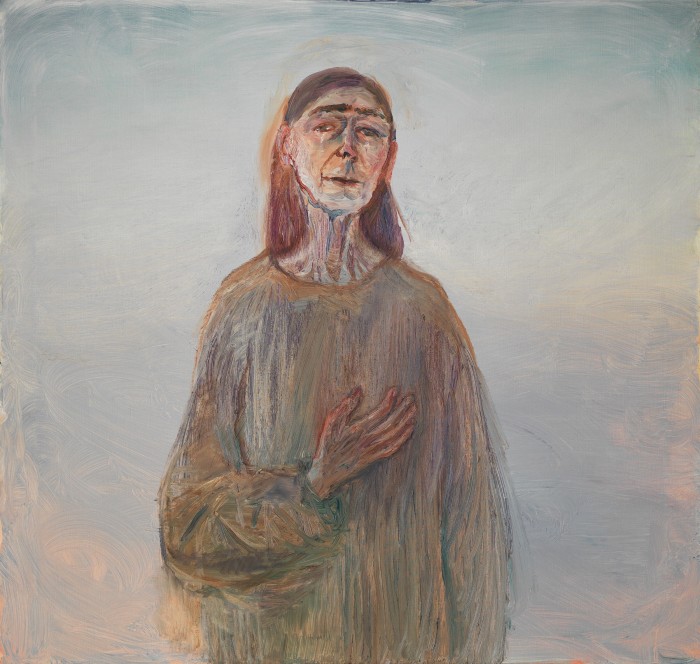
Hilton Als suggests that, when Paul lost her mother in 2015 (who had been her model for 30 years) and her partner, Steven Kupfer, in 2021, “her emotional world – perforce – changed. She could no longer reimagine the real, which is what a portrait is, because those subjects were no longer there. This new work features people Celia has not known as long as she knew Steven or Mrs Paul, obviously, and I think it changes her palette. The new work has an openness, and a sadness, I think, about the ultimate unknowability about the subject, and about painting itself. Celia is a profound artist, unmindful of trend, and a brilliant model for following your own path.”
Als helped Paul make her selection of works for this exhibition, drawing, he says, on a theme of “women in various stages of life and therefore their dreams. And acceptance”. There is only one self-portrait in the show; in it she is shown with her hand on her heart. It is titled Overwhelmed by Beauty.
Myself, Among Others is at Victoria Miro Venice until 9 December
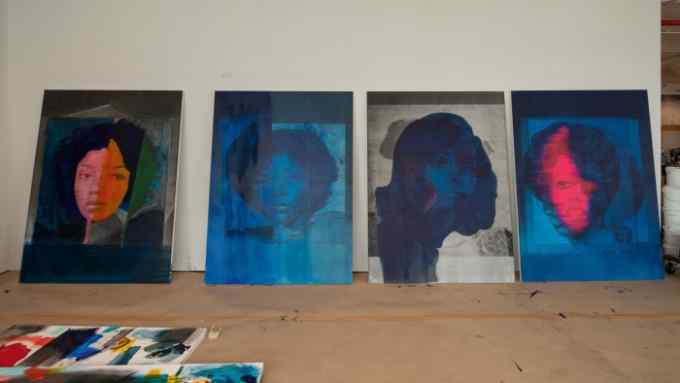
Comments